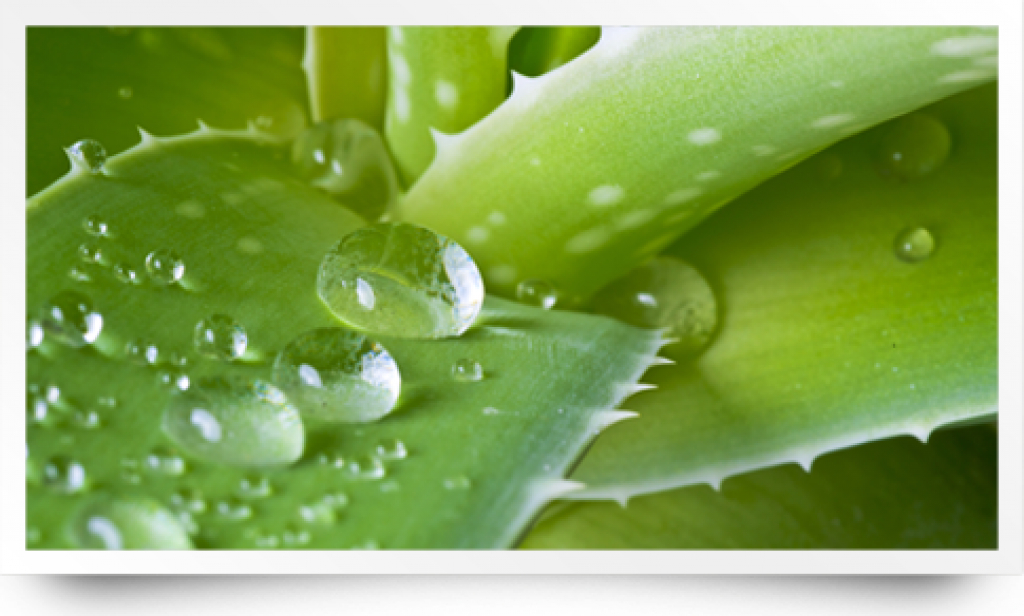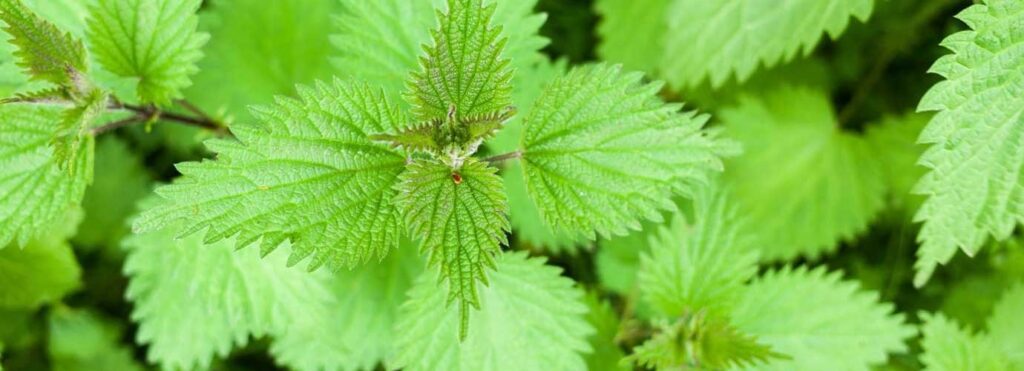Eat the Fruits of Your Labour
During quarantine, contact with nature has been one of the best ways to support our mental health. Most of us have taken the hint and introduced
new healthy habits such as taking care of house plants and going on daily walks. What if you could also boost your diet using these simple daily habits? This article will outline my top three seasonal plants you could grow around the house and in your garden to support your health and immunity.
#1- Hawthorn
is at the top of my list because its various species produce ripe berries throughout the autumn season. This crimson berry is packed with innumerable nutrients, most notably, it contains 4 flavonoids and 4 different proanthocyanins, both key active ingredients for the treatment of angina, hypertension, and congestive heart failure, via clear mechanisms rooted in pharmacology. These tangy, aromatic berries are also anti-inflammatory and are therefore believed to have anti-diabetic properties due to the fact that diabetes stems from chronic inflammation.
Furthermore, Type 2 diabetes is linked to Alzheimer’s, which is caused by inflammation, oxidative stress, and chronically elevated insulin, conveniently, hawthorn also contains polyphenols, a notoriously powerful group of antioxidants, which pair with. Plus, I love to spread Hawthorn jam on rye crackers for breakfast.
https://meschinohealth.com/article/hawthorn-crataegus-oxyacantha/https://www.healthline.com/nutrition/hawthorn-berry-benefits
#2- Aloe Vera
Like most succulents Aloe Vera plants are fairly low maintenance and can be grown indoors with minimal difficulty. Occasional watering is all this plant will require to grow well, yet it comes with many health benefits and medical and cosmetic benefits. Aloe Vera contains vitamins A (B, B1, B2) to E and many minerals, it is used to aid metabolism and immunity as well as skin and hair hydration. Owning such a plant for personal use is a priceless benefit as it is more expensive to buy individual leaves and is not usually found fresh in supermarkets.
Owning such a plant will give you more uses for a lower cost and as we are about to see, Aloe Vera is so versatile that you certainly will find many uses for it. Aloe Vera can be juiced or blended as coarsely or as finely as necessary depending on the purpose. Blend finely for juice or coarsely for skincare, poultices, wound healing, hair care, and massages. The image on the left is our 3-year-old aloe vera house plant. Even eat the plant raw if you can handle some bitterness. Also, use Aloe Vera to make tea and smoothies.
https://www.organicfacts.net/health-benefits/herbs-and-spices/health-benefits-of-aloe-vera.html#
#3- Nettles
Wild nettles can be considered a weed; however, a small, manicured bush could help you have a victorious winter. In Brittany, where I spent some of my summers this year, I could not walk farther than an inch without being stung by one of these and have now developed somewhat of an immunity to their irritating sting. However, to really change your mind, let me tell you, nettles should be considered a superfood as they are one of the most potent remedies to ease a chesty cough or bronchitis, and are a potent anti-inflammatory. Furthermore, the tea has been found to fight allergies, asthma, and hay fever.
Moreover, nettle tea contains boron, a key mineral for calcium metabolism, which increases the certainty of successfully preventing osteoporosis and bone deformities in old age. Furthermore, nettle tea increases the efficient function of the immune system, by promoting lymphatic waste circulation. Nettle tea really is powerful and should be considered on the same playing field as conventional medication, so, like medicine, this should be consumed in moderation and pregnant women should seek medical advice before drinking nettle tea and other strong herbal remedies.
https://www.medicalnewstoday.com/articles/325244
#arthritis
https://naturalsociety.com/29-nettle-tea-benefits-health-herb/
Honorable mentions overall, the plants listed above are either commonly found in the wild or easy to grow and maintain at home. The plants listed below are much the same and did not make my top three because they are so commonly found in supermarkets and garden centers that they require little promotion or explanation.
Although it can be fun for age, even if you think you’ve found any of the plants listed in this article out in the wild, still be sure to double and triple check the species by seeking professional advice and/or consulting an encyclopedia. Finally, do explore the many antioxidants, anti-microbials, and anti-inflammatory benefits of the plants listed in this article to support your immune health this winter.
Enjoy using your green.





